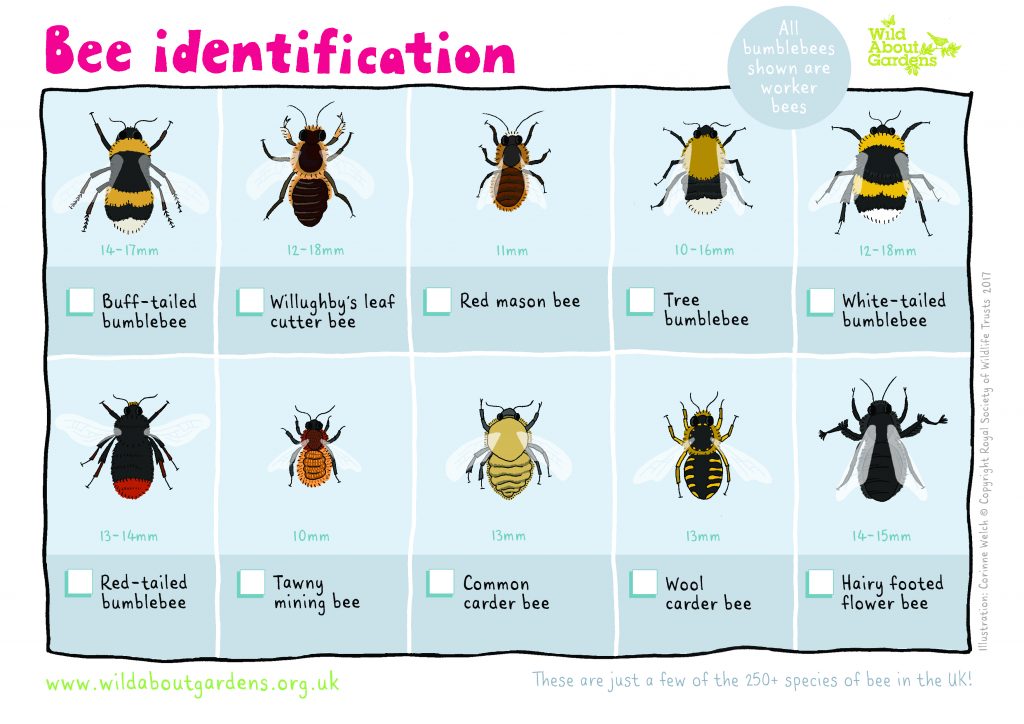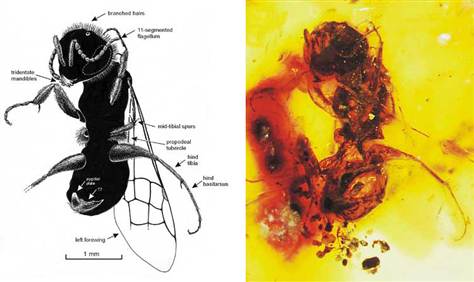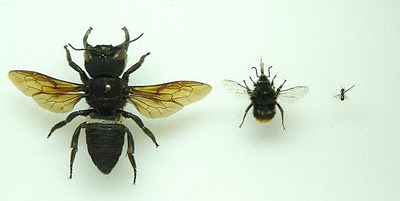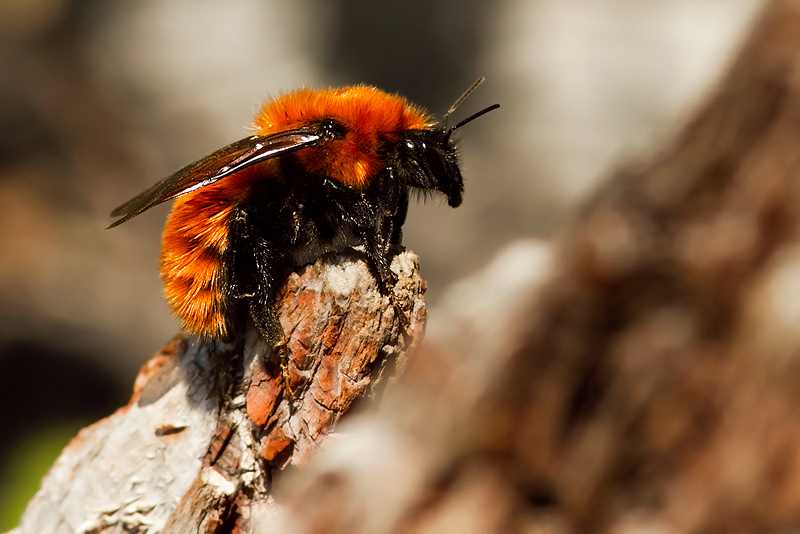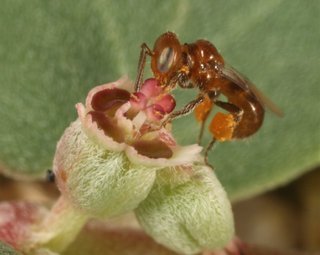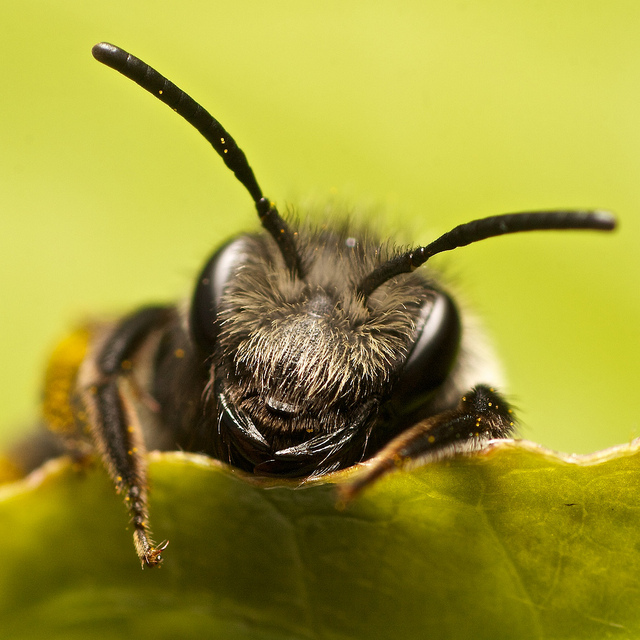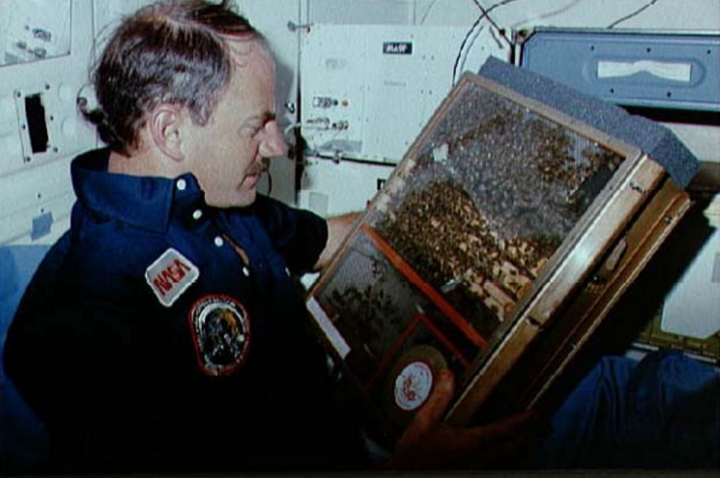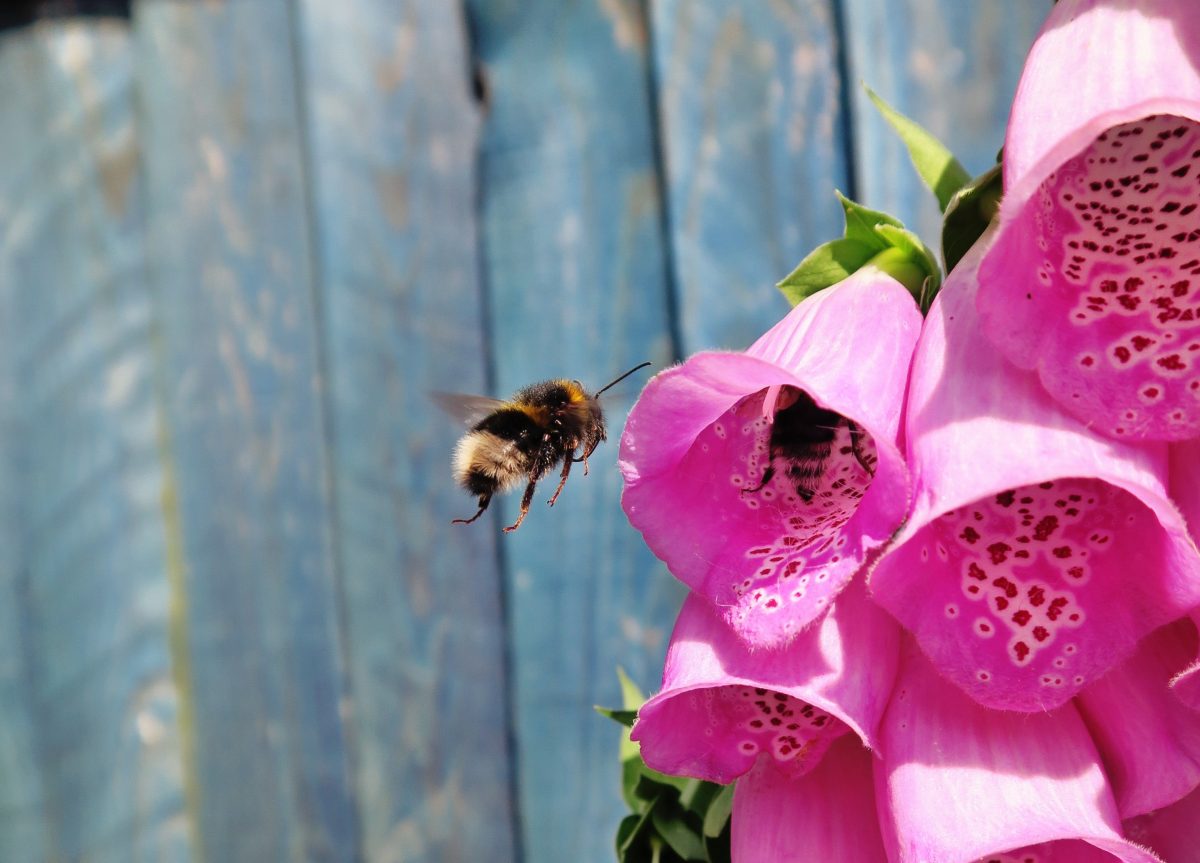
OK, so we know that as you’re reading this there’s probably a pretty good chance you already have a lot of respect for the bees in this world, but it can never hurt to remind ourselves why they’re so important – and fascinating.
1.Bees are responsible for pollinating the flowers in our gardens, certainly, but they’re also to thank for coffee, chocolate and cotton, to name but a few others.
2. In fact, bees are responsible – through pollinating – for around a third of the food we eat. If you want to put a price on that, the Guardian reported that the retail value of what bees pollinate it runs into the billions, and wild bees (of which you can count the species that take up residence in the beepalace) provide crop pollination services which are worth more than $3,250 per hectare per year.
3. Worldwide there are estimated to be around 25,000 species of bees, arranged into 9 families – from which the Apidae family – the one which counts the honeybee and bumblebee among it members is perhaps the most familiar. The solitary bee family – which are the ones nesting in your beepalace – belong to the Megachilidae group (and include the leafcutter and mason bee)
4. In 2015 a study found that 2% of wild species of bees in fact accounted for almost 80% of visits to crops being studied, challenging the assumption (held by many of us) that it’s the honeybee that’s responsible for pollinating our plants. If that sounds like that’s a lot of responsibility on a few species of bees, you’d be right: with honey bee populations under threat, this seems only further proof that we need to encourage a wider range of bees into our fields, hedgerows and gardens.
5. The oldest fossilized bee ever found (Melittosphex burmensis, to be specific) dates back a staggering one hundred million years and lived in Myanmar. Scientists note that it is quite unlike our modern bee species, and in fact the National Geographic reported at the time that because it had traits of wasps and bees, may even have been an evolutionary link between the two. If you have an interest in the prehistoric era (or perhaps have a 4 year old in your life that does) then you might know that flowers did not start to appear until the latter years of the dinosaurs. The fact that there was a ‘rapid expansion of floral diversity’ in the later, mid-Cretaceous period could well be explained by this little fossilized specimen…
6. Bees were descended from wasps, a fact not probably a surprise to many, given their aesthetic similarities!
7. The largest bee in the world (Megachile, below) was discovered by naturalist Alfred Russel Wallace in the Indonesian jungles in 1859. It was in fact so rare that there wasn’t another sighting until 1981 and many believed it had gone the way of the Dodo. It measures not less than 39mm, with a wingspan of over 6cm. This might not sound that impressive, but just compare it to a bumblebee…
8. And, because who doesn’t love a picture of the bumblebee, the largest species hails from South America measuring in at an impressive 40mm. The Bombus Dahlbomii (below) is also referred to as a ‘flying mouse’ and it’s not hard to see why…
9. From the largest to the smallest: the most diminutive bee is less than 2mm in length and hails from the southwestern United States. Introducing Perdita minima.
10. Bees don’t have knees in the sense we understand knees (although given that they have multiple sections to their legs, they obviously have joints, just not a knee cap.
11. In 1983 a researcher named Walter Kaiser discovered that bees did in fact sleep. It was the first record of sleep in an invertebrate and he noticed that, just like we do, bees showed signs of impending sleep, first by its legs flexing, then by resting its head on the floor. He also noted that many bees held each other’s legs whilst they slumbered.
12. They’re smart. Researchers at Queen Mary’s University London discovered that bees were able to learn how to perform quite complex tasks, simply by observing others do it.
13. And finally, this from Discovery Magazine:
“On the April 1984 Challenger flight, 3,300 bees, housed in a special but confining box, adapted perfectly to zero gravity and built a nearly normal comb. But they didn’t go to the toilet. Since bees excrete only outside the hive, they held it in for seven days. A NASA spokesperson said the space hive was “just as clean as a pin.”
Featured Image credit: George Hiles on Unsplash

